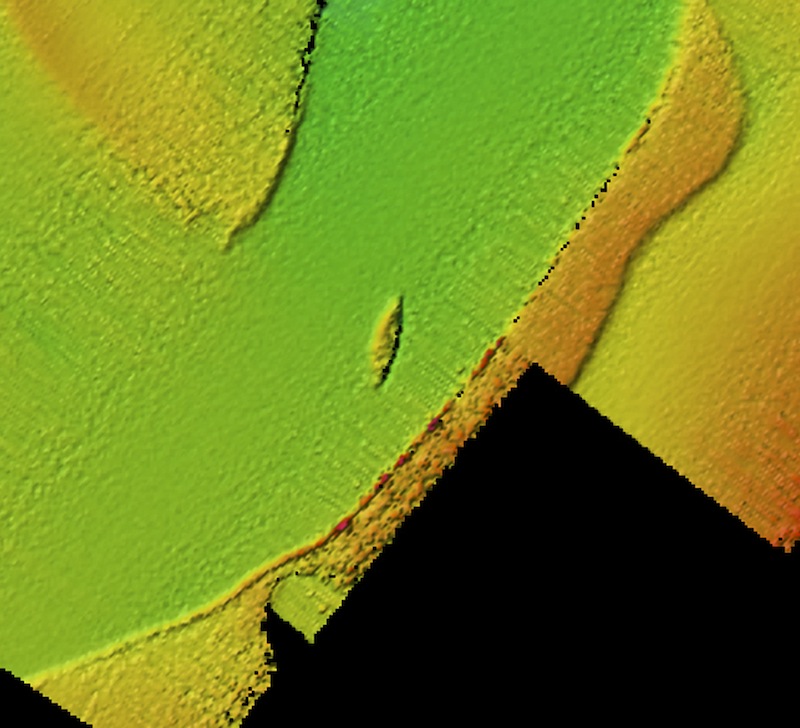In Photos: Sunken Ships Lurk Near San Francisco
Ghost ships of San Francisco

There are about 300 shipwrecks in the gulf just west of San Francisco that historians know of, and likely more unidentified ghost ships. Scientists have seen few of these sunken hulls, but now the National Oceanic and Atmospheric Administration (NOAA) is embarking on a two-year project to document these wrecks with data and images collected by sonar and remotely operated vehicles, or ROVs. Shown here, is the Lyman Stewart, which ran aground in 1922.
Tugboat wreck

In their initial five-day survey, the NOAA team found at least four wrecks: the Selja, the Noonday and two unidentified ships, including the steam tugboat shown here. This ship was discovered in an area where the researchers had not expected to find anything.
Shipwrecks swarming with life

At the bottom of the sea, these wrecks have essentially become artificial reefs. James Delgado, director of Maritime Heritage for the Office of National Marine Sanctuaries, said the team saw several species of rockfish, octopuses, cod and a diversity of invertebrates living around this sunken tugboat.
Selja still afloat

The 380-foot-long (116 meters) SS Selja steam freighter went down off Point Reyes, California, after crashing into another ship amid heavy fog in November of 1910.
ROV view of Selja

The wreck of Selja was explored with an underwater ROV.
Noonday in sonar

Sonar data revealed the resting place of the clipper ship Noonday, which sank on New Year's Day in 1863 after colliding with a rock.
Noonday bell

A fisherman found the bell of the Noonday entangled in his net in 1934.
Sign up for the Live Science daily newsletter now
Get the world’s most fascinating discoveries delivered straight to your inbox.
Frank H. Buck and Lyman Stewart

The NOAA team also completed a sonar survey of the sunken oil tankers Frank H. Buck and Lyman Stewart, which ran aground in 1937 and 1922, respectively. During low tide, both are visible above the water's surface from San Francisco's Lands End.
Frank H. Buck

Carrying oil from Ventura, California, Frank H. Buck was forced aground after it was hit head-on by the Dollar Lines luxury passenger liner President Coolidge on March 6, 1937.










